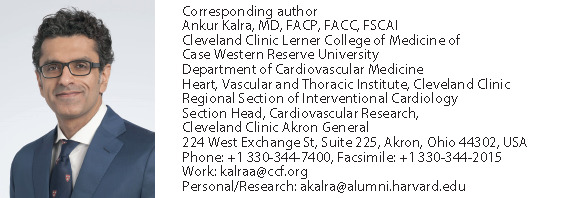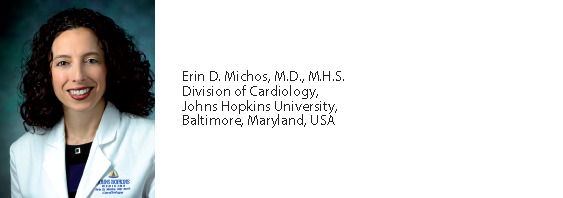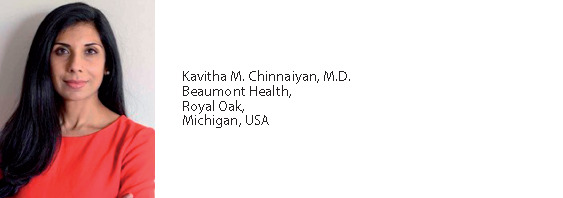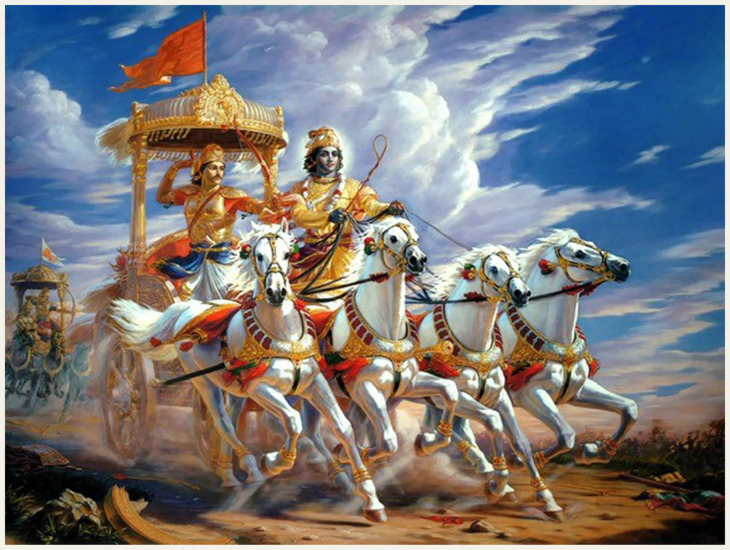Lessons from the Bhagavad Gita (the ‘Lord’s Song’), from India during these difficult times
It was a war unlike any other. Family members picked sides; treasured cousins, childhood playmates, beloved uncles and grandfathers, and revered teachers faced off on the battlefield, preparing to slaughter each other. It was, after all, a war that would decide ‘dharma’—the inherent order of reality that is nurtured by right thought and action.
The famous archer Arjuna, the hero of this story, was caught in a moral dilemma. He was sure that he was on the side of dharma but could not imagine fighting his loved ones. ‘I quit’, he said. Fortunately for him, his charioteer was Krishna, an embodiment of dharma. In what would come to be known as the Bhagavad Gita (the ‘Lord’s Song’), Krishna taught Arjuna the ways of skilful living. In the 5000 years since the description of the war of Kurukshetra, the Bhagavad Gita has proven to be an accurate guide for living a fulfilling life—a life aligned with dharma.
Krishna the charioteer, steering Arjuna, the famous archer, during the Kurukshetra War. In what would come to be known as the Bhagavad Gita, Krishna enlightened Arjuna on his dharma—the inherent order of reality that is nurtured by right thought and action
Krishna’s advice to Arjuna was simple. Being a warrior committed to protecting his people, Arjuna’s only dharma was to fight, and not worry who he was fighting or the outcome of the war. To be able to do what is needed without becoming attached to the result is the way of living a skilful life. To have a goal is not the problem—to become so entangled in the goal where the action is tainted lends itself to suffering.
Now, in the midst of a pandemic, the Bhagavad Gita is more relevant than ever—the healthcare worker is Arjuna, hospitals are battlegrounds for the war against the virus and misinformation, the lack of a cure or an effective containment strategy, and a system that has failed us. Amidst this chaos, the healthcare worker is being guided by dharma and a deep sense of purpose to do what is right and not become paralysed by the outcome.
The novel coronavirus disease 2019 (COVID-19) pandemic has put healthcare workers at odds with their profession. COVID-19 has challenged clinicians’ professional commitment to their communities and to humanity, accompanied by a sacrifice of their own safety and of the safety and needs of their families. It has become a litmus test of our character, our focus, our strength, and our passion to care for the sickest, in the sincere hope that even amidst despair and desperation, we are somehow making a difference in every life (and many lives associated with that one life) that we have the privilege to touch and heal.
This crisis has understandably created inner turmoil for the clinician; yet Bhagavad Gita teaches not to let fear hold one back, to quieten one’s mind with mental focus and resolve, especially in difficult situations. The frivolities that we as a society had previously invested in no longer seem relevant or important. The collective thought that has floated higher—what is the meaning of life—has been felt much more acutely among healthcare workers.
Furthermore, the Bhagavad Gita also teaches us that we must learn to detach ourselves from the results of our actions, and renunciate the desire for a particular outcome. Clinicians cannot have complete control over a clinical situation, but they can rise to perform their clinical duties and service with equanimity. In part, the natural course of COVID-19 progression in patients of all ages has humbled us into submission to embrace this renunciation. Although we must continue to act in the best interest of our patients, practice evidence- (and not fear-) based medicine, and not ‘leave any stone unturned’ in instituting timely interventions to help save lives, we must also embrace the vulnerability of life, and respect the fact that neither life nor death are in our control. If anything, this pandemic has shown us that we are mere conduits of dharma and have no power in dictating the events that concern all 7+ billion of us on the planet. Yet, we always have the choice to stand in alignment with dharma. Or not.
COVID-19 has unmasked the large structural inequalities in our society that have always been present for racial/ethnic minority groups and those of low socioeconomic status. Marked disparities in access to healthcare and insurance, crowded living spaces, food insecurity, and employment in services that frequently interface with the public have placed those most vulnerable amongst us in direct harm’s way for COVID-19 infection, critical illness, and death.
COVID-19 has also put a spotlight on the broken healthcare systems that leave healthcare workers with ethical obligations to treat all patients, inadequately protected for this battlefield, with insufficient personal protective equipment and inadequate governmental policies to prevent the spread of illness. Moreover, while much of the spotlight has been on doctors and nurses, this battle is also not won without the role of all of the invisible unsung soldiers—the environmental service workers, admitting clerks, technicians, and care aides who are essential healthcare workers and equally at risk for COVID-19 exposure but often paid little over the minimal wage. Who will protect them and their families if they also fall ill?
Indeed, the COVID-19 crisis has shown the ugly fractures in health inequities and healthcare systems and split these divides wide open. After the raging war with COVID-19 is tempered, we will have another to battle—the one with the broken American healthcare system that places financial interests of healthcare administrators and insurers before patients and providers. And once again, the choice will be ours. Will we again side with dharma? The crisis has shown us that we need to change tactics for the next battle ahead for addressing both acute and chronic illnesses, or we will again miss our mark. We cannot allow the lessons from the pandemic to be erased from our memories.
Conflict of interest: none declared.






